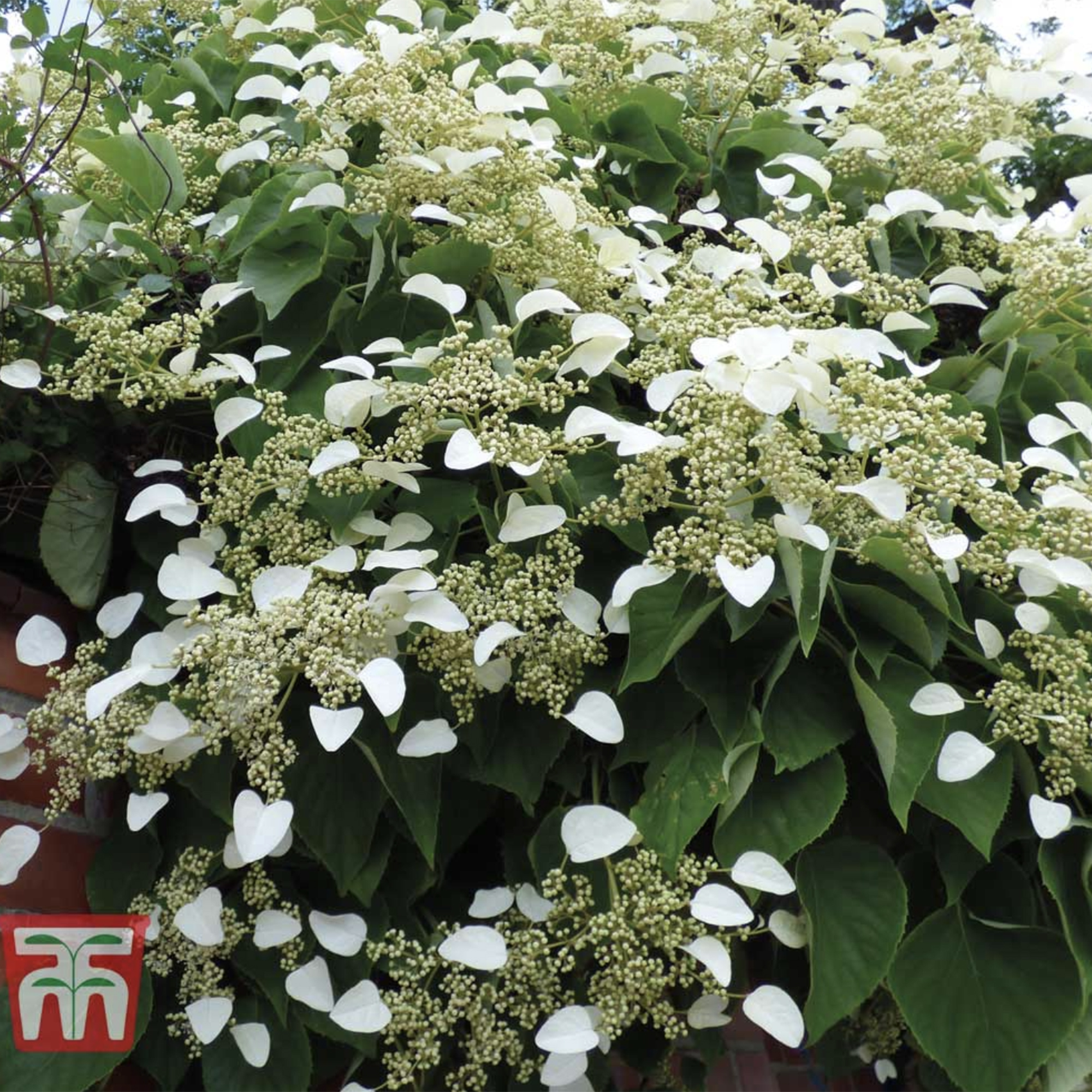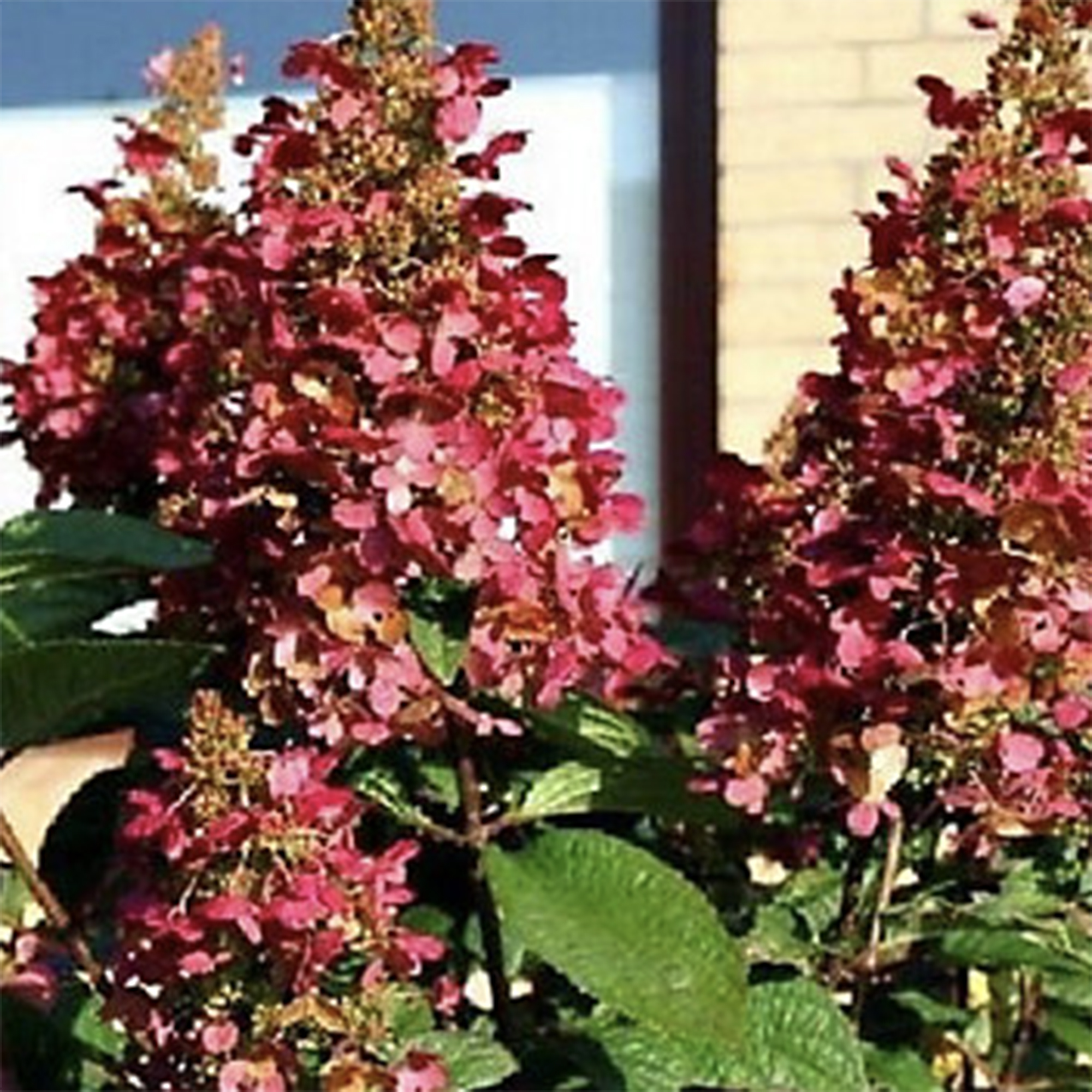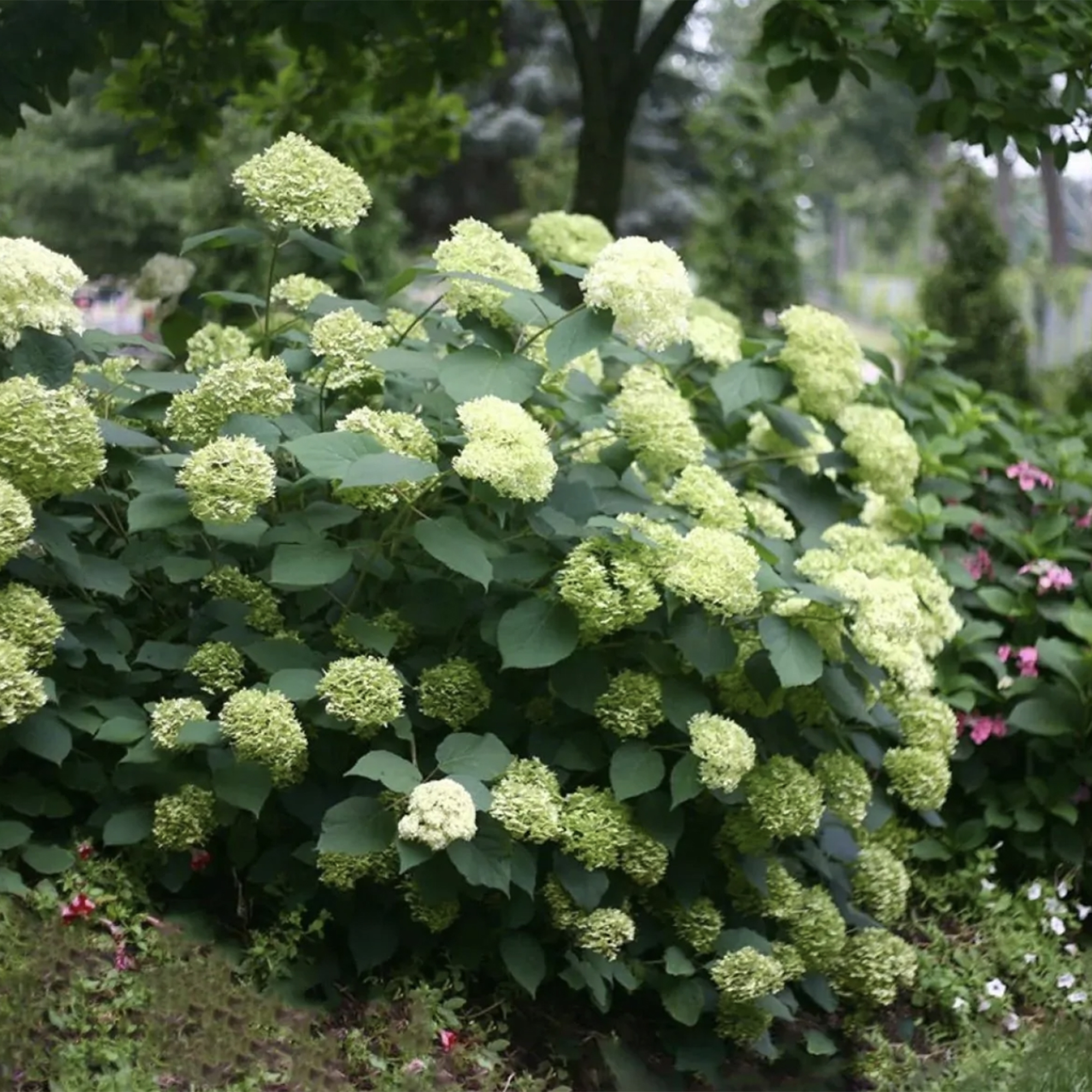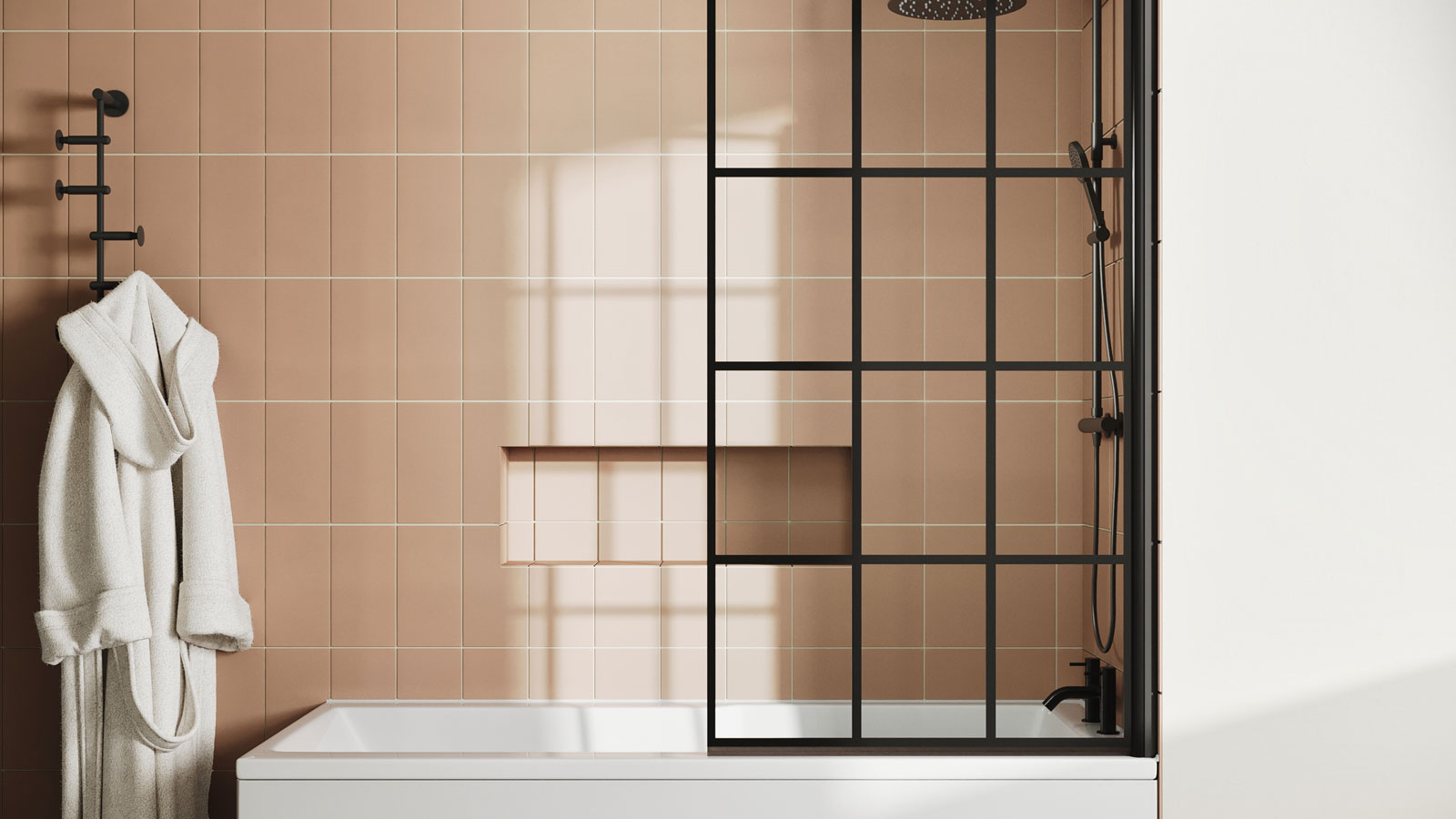Can hydrangeas grow in shade? Top tips for success in north-facing gardens
Find out the conditions where hydrangeas will perform best
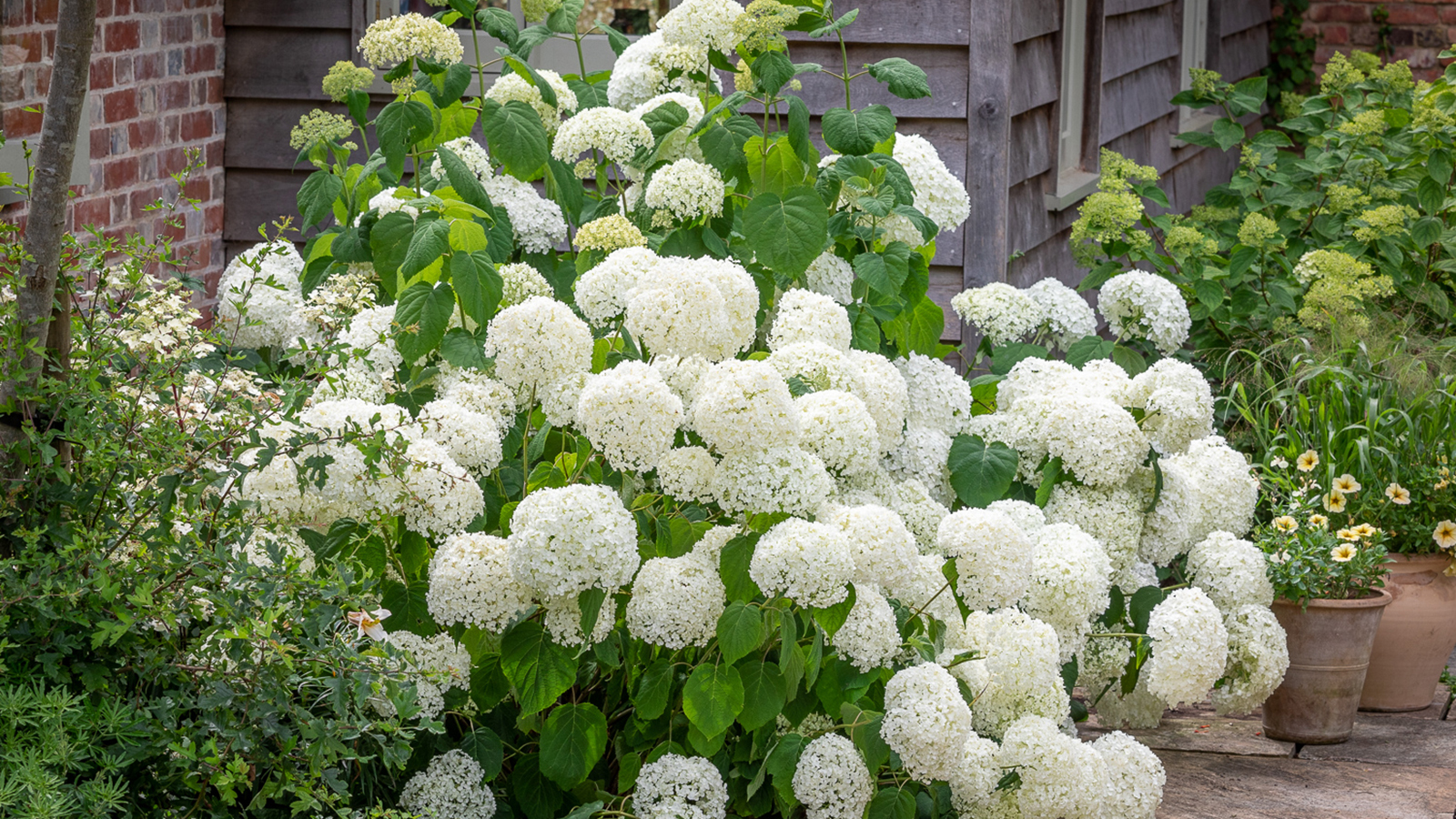
Hydrangeas are highly sought-after garden plants. Their showy flowerheads bloom for months in summer, and when the colour fades out of their papery petals in autumn, the globe-shaped heads remain, serving much-appreciated interest throughout the colder months too.
There are certain conditions that are better suited to growing hydrangeas. As woodland plants, hydrangeas tend to perform well in garden landscapes with less sun exposure. Which is good news for owners of north-facing plots. But planting them in any old shady area won't guarantee you success.
So avoid the disappointment of a failed attempt at growing hydrangeas in the shade by following these top landscaping tips.
Top tips for growing hydrangeas in the shade
Hydrangeas typically dislike harsh sunlight, so these hardworking shrubs have become staple plants for shade. Below are our top tips on finding the right shaded location for your hydrangea to thrive for years to come.
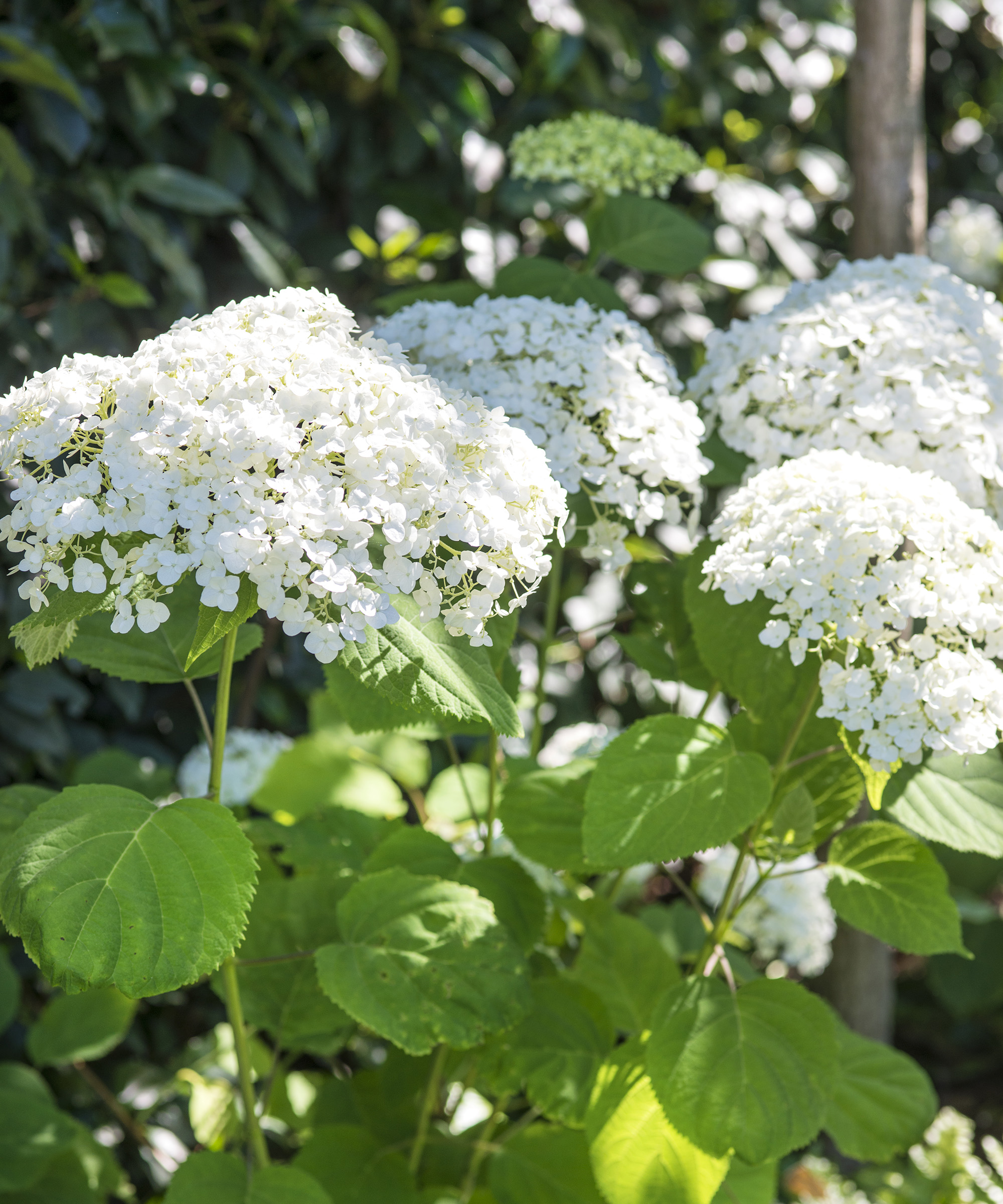
1. Opt for a shady spot which gets dappled sunlight
The majority of hydrangeas prefer to grow in partial shade and dislike strong sun. Hydrangea macrophylla make up many popular varieties of hydrangea. They like dappled shade and are easy to grow.
It's important to note that most varieties call for part shade, which is different from full shade. They will still require some sunlight throughout the day, though hot spots in full sun are not the preferred conditions for hydrangeas.
This isn't to say that hydrangeas won't also do well in bright spots with other plants for sun. Hydrangea Macrophylla Glam Rock, available at Primrose, can be planted in full sun or partial shade and will flower from July to October.
Bring your dream home to life with expert advice, how to guides and design inspiration. Sign up for our newsletter and get two free tickets to a Homebuilding & Renovating Show near you.
As a general rule of thumb be advised that some direct sun is tolerated in a UK climate, but light shade, shielded from the harsh midday sun is best for hydrangeas.
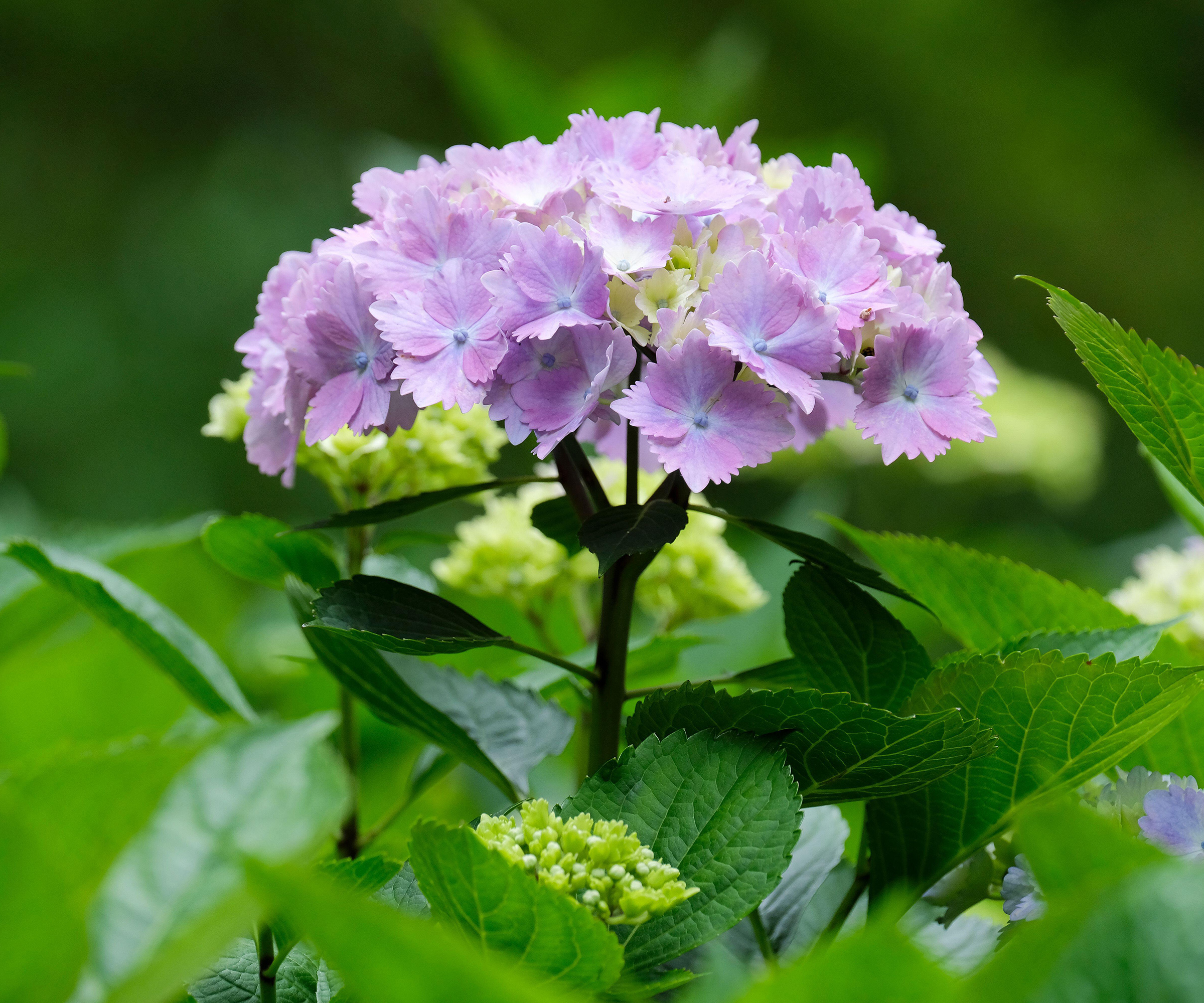
2. Choose an area where the soil is moist and cool
Hydrangeas love soil that is nutrient-rich and well-draining, they also like to be in moist and cool conditions. Moisture is not guaranteed in shaded spots so it's important to bear this in mind when siting your hydrangea.
Shaded areas under trees and next to structures like garden walls or fences are notoriously dry. This is because they are sheltered in great part from rainfall. Most hydrangeas won't fair well in dry soil. Hydrangeas love a soil that is nutrient-rich and well-draining.
For drier patches of shade, you'll have a greater chance of success with the North American Hydrangea arborescens ‘Annabelle’, available at Waitrose. Consider growing groundcover plants around your hydrangeas as this is a natural way to keep the roots lovely and cool. Try tiarella or vinca minor as companions to your hydrangea plant.
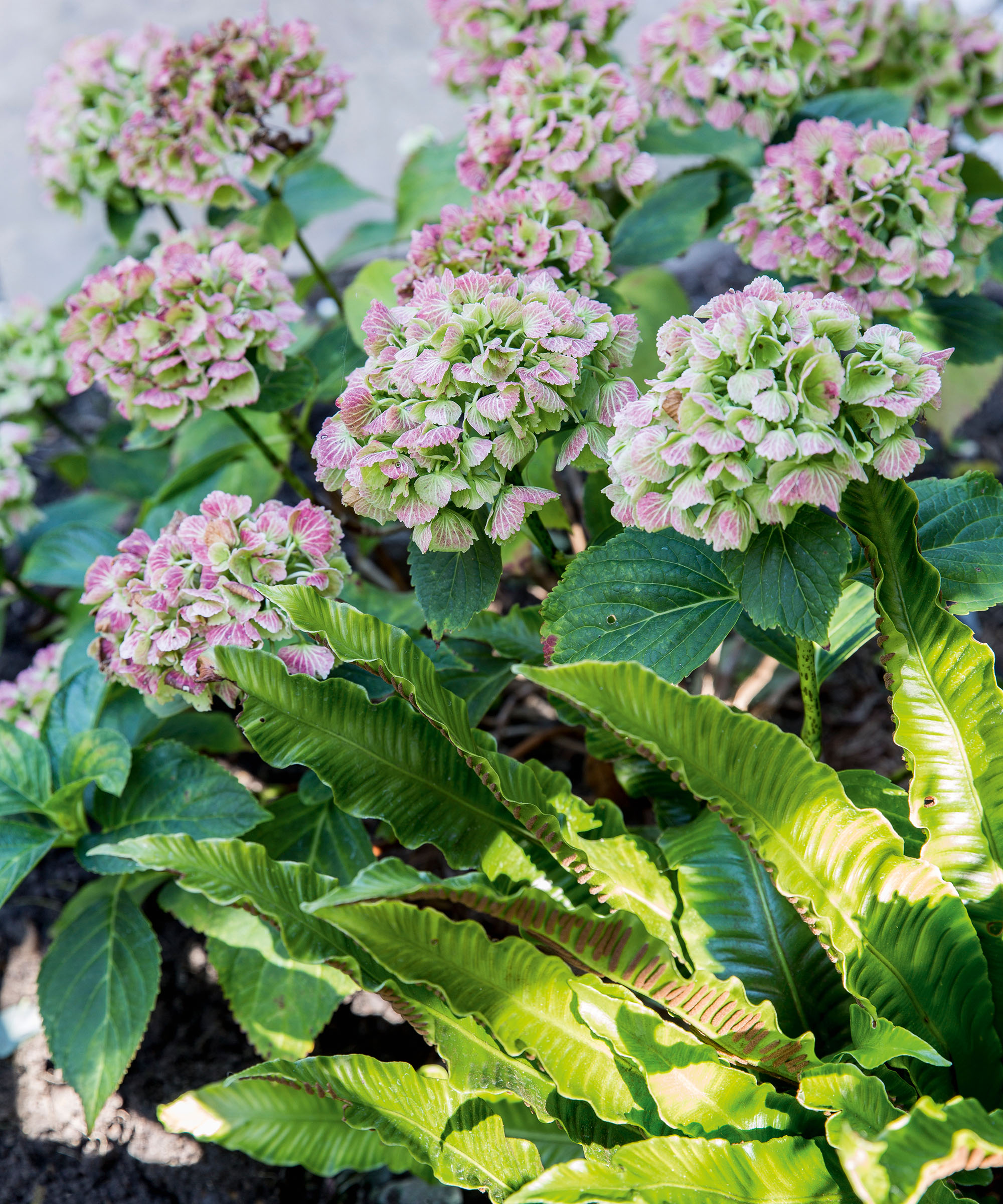
3. Opt for the best shade-tolerant hydrangea varieties
Most hydrangeas do well in light to moderate shade and some will even cope in deep shade. The best way to ensure you have the correct variety is to check plant labels for the preferred conditions of a particular variety.
"Hydrangea anomala subsp. petiolaris at Sarah Raven is one of the very best shade-loving hydrangeas, making it the ideal choice for a north-facing garden. The flowers and seedheads look excellent by a shady wall and only require a light pruning to remove dead or damaged stems," says plantswoman Sarah Raven.
"Hydrangea arborescens 'Incrediball' at Sarah Raven is another standout addition that can brighten up any shady corner or space. With its large heads and pale flowers it makes a versatile addition to so many gardens. Lightly prune it to the ground for a shorter, sturdier habit that takes up less space," says Sarah.
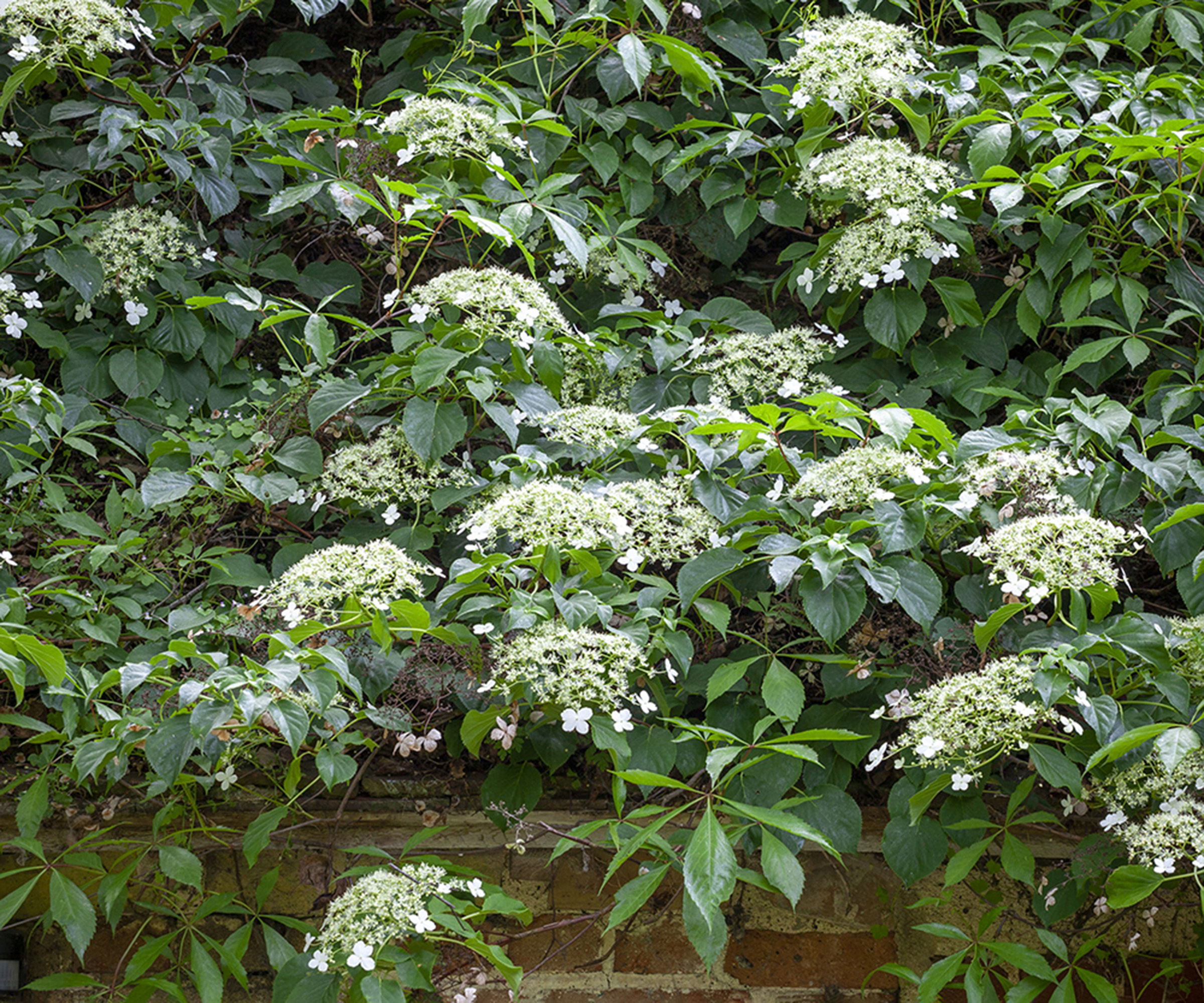
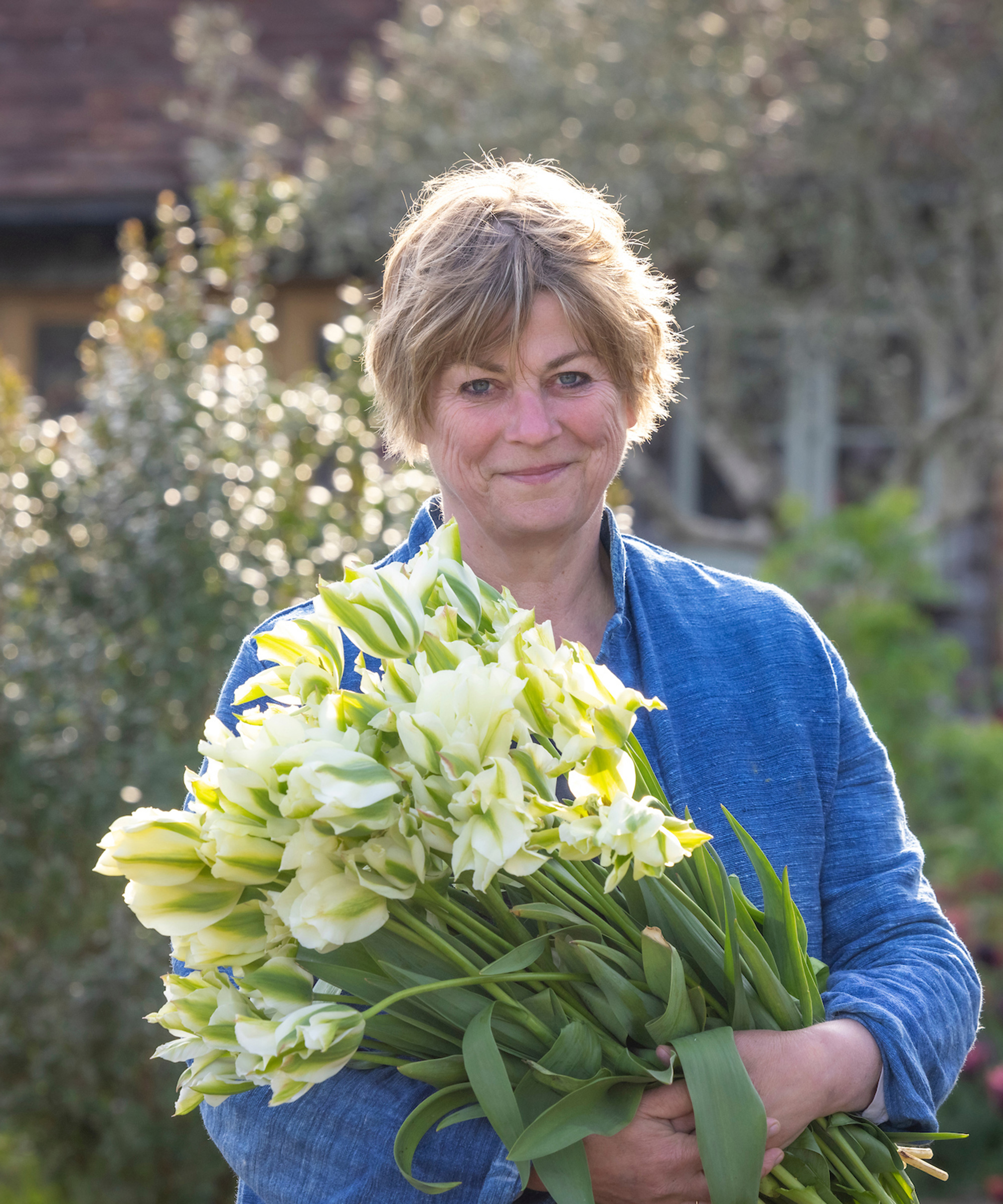
Sarah’s love of gardening extends to all areas, from growing cut flowers and delicious vegetables from seed, to designing stunning gardens packed full of variety, colour and scent. Always with a focus on helping the environment and biodiversity, Sarah’s gardens are havens for birds, bees and other pollinators.
Shop the best shade-loving hydrangeas
FAQs
Where is the best place to plant a hydrangea?
"A hydrangea's preferred aspect is semi-shade but some varieties, such as Hydrangea arborescens 'Annabelle', can be grown in deep shade," says Nick Hamilton owner of Barnsdale Gardens.
"They also require soil that has some moisture retention. If you are worried that your soil might be a bit too dry then a good thick mulch and occasional applications of water would do the trick," says Nick.
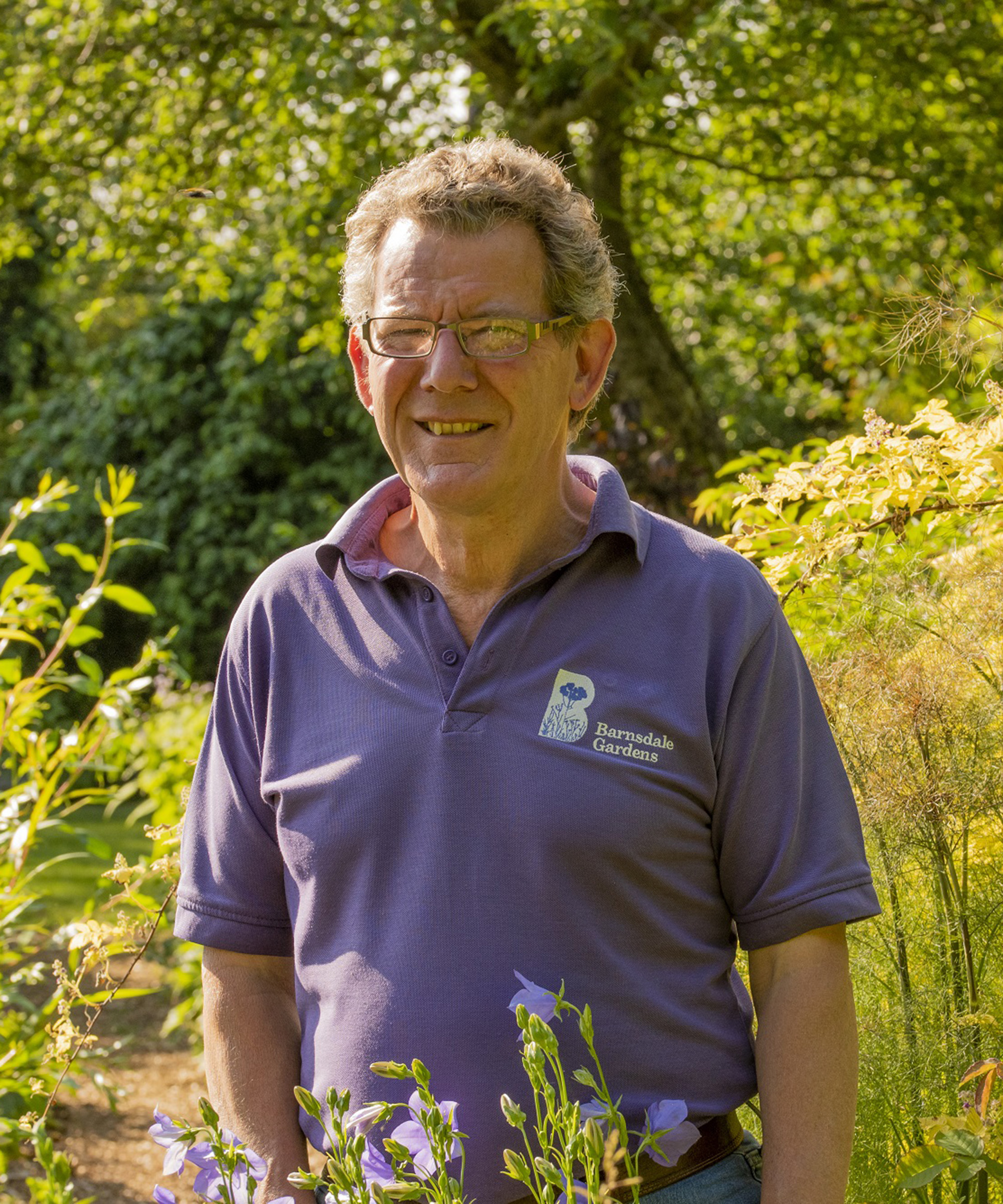
Nick's extensive gardening knowledge is the result of years of practical experience, trial and error, but also success with organic and peat-free methods. Most days, Nick can be found working at Barnsdale Gardens in his preferred "hands-on" capacity. He continues to produce exhibits that have won Gold Medals at events like Gardeners' World Live and in the Chelsea Flower Show's Great Pavilion.
Some varieties of hydrangeas make good climbing plants which can be trained over garden structures. Our favourite climbing plants for pergolas are the perfect choice for adding height and interest to your outdoor space.
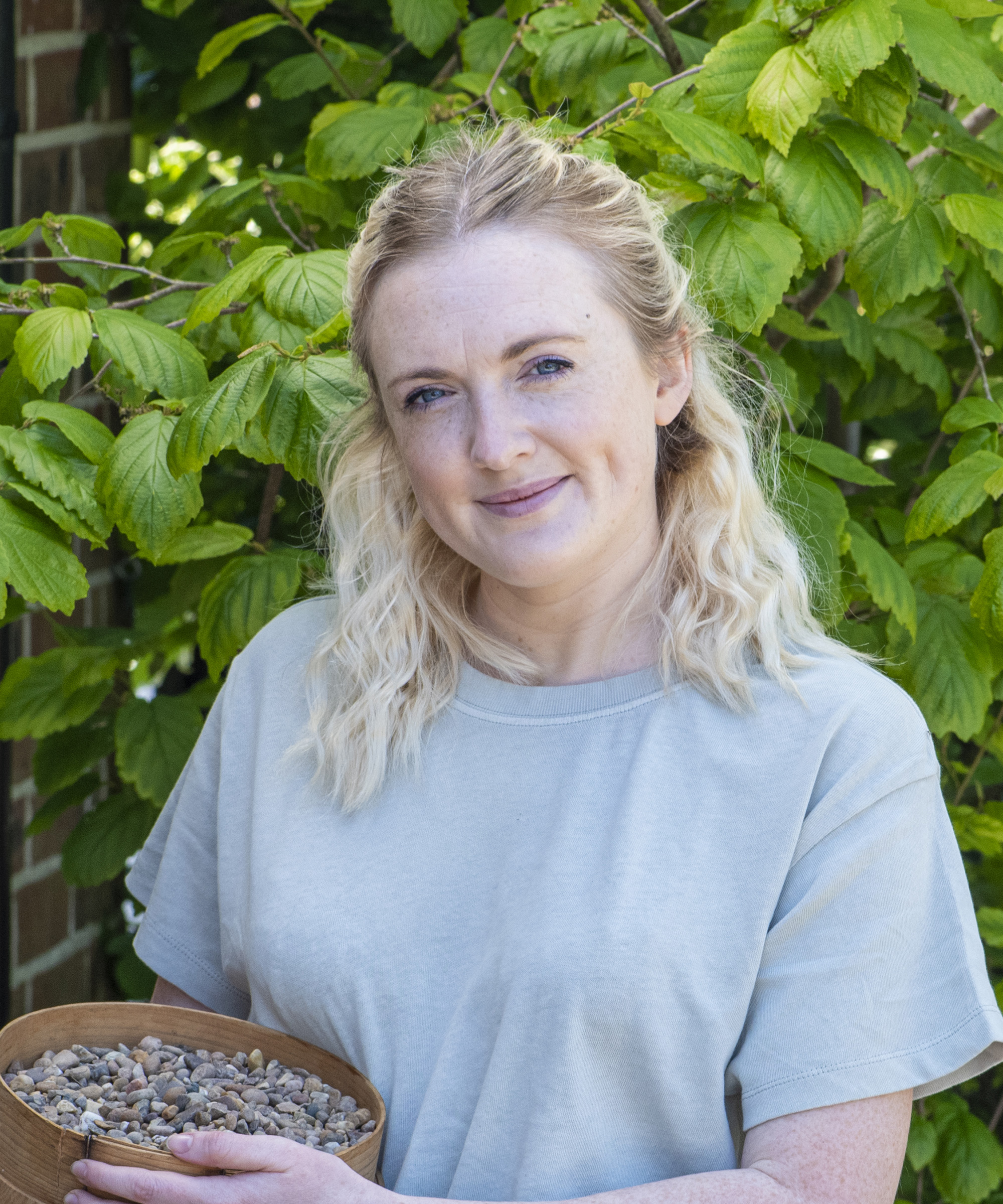
Teresa was part of a team that launched Easy Gardens in 2018 and worked as the Editor on this magazine. She has extensive experience writing and editing content on gardens and landscaping on brands such as Homes & Gardens, Country Homes & Interiors and Living Etc magazine. She has developed close working relationships with top landscape architects and leading industry experts, and has been exposed to an array of rich content and expertise.
In 2020 Teresa bought her first home. She and her partner worked alongside architects and builders to transform the downstairs area of her two bedroom Victorian house in north London into a usable space for her family. Along the way she learned the stresses, woes and joys of home renovation, and is now looking to her next project, landscaping the back garden.
